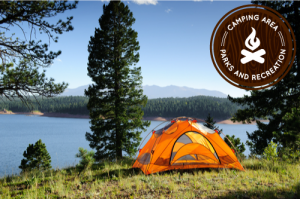 Campground Insurance: Camping Safety Tips
Campground Insurance: Camping Safety Tips
Camping is a great way to enjoy the beautiful landscapes California and Nevada have to offer. It is an escape, a place of calm, and a great way to bond with family and friends. Here are some camping safety tips to make sure you stay safe this summer.
Keep hands clean. Although it is counter-intuitive to the “be one with nature” philosophy of camping, washing your hands often and especially before eating can help you stay safe. If no running water is available, use hand sanitizer.
Food storage. Keep food in airtight, waterproof containers, stored in an insulated cooler. It will keep food fresh and keep wild animals away. Take care not to leave any food out overnight that could attract wild animals.
Campfire safety. Always take care when building a campfire. Choose a spot without any overhanging tree branches and make sure there is a metal fire ring or the area is encircled with rocks. It is advisable to keep a shovel or bucket of water nearby if it gets out of hand. Make sure you always put out the fire before going to bed and never leave it unattended.
Supply kit. Always make sure you plan ahead and have the proper supplies, including adequate food, water and shelter. Bring a first aid kit, compass, flashlight, extra batteries, and extra supplies of any medication you might need.
Kids. Children require an extra amount of supervision. Make sure they have appropriate outdoor clothing including proper protective footwear and extra dry socks, hats, etc. Make sure they have on sunscreen and that it is reapplied on a regular basis.
You just can’t beat the beautiful outdoors that California, Nevada and Arizona have to offer. Here, outdoor recreation thrives. At Cal-Nevada Insurance Agency, we serve outdoor recreation businesses with insurance programs, such as campground insurance across the region. Contact us today for more information about our Campground Insurance & Outdoor Recreation Insurance programs.
Source: Centers for Disease Control


